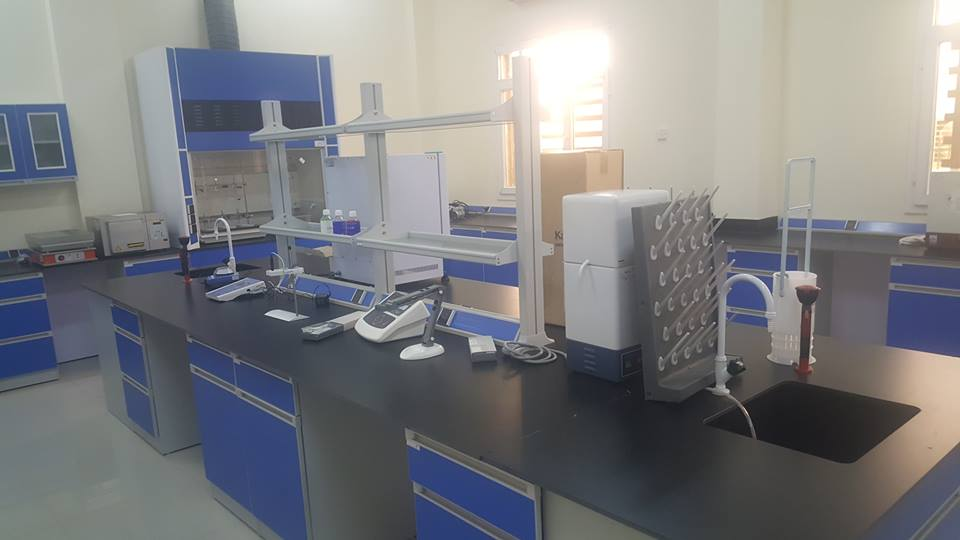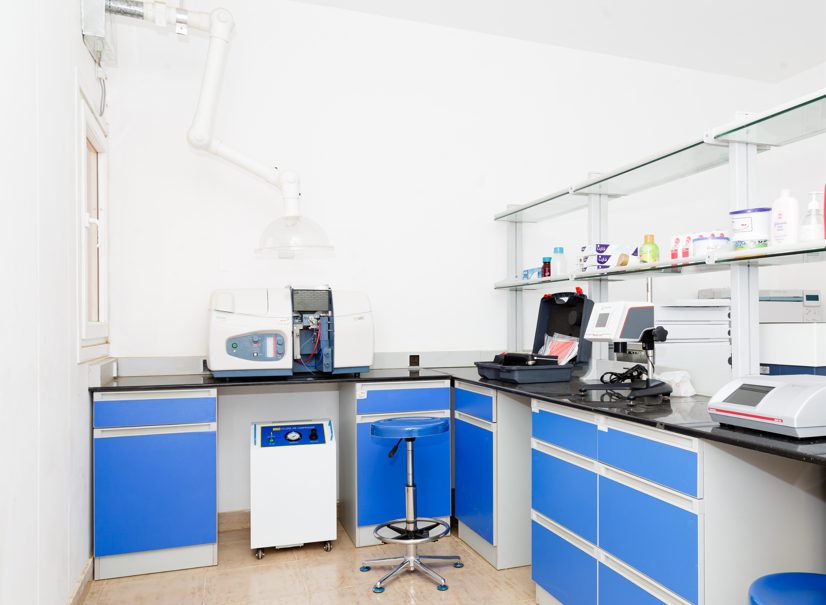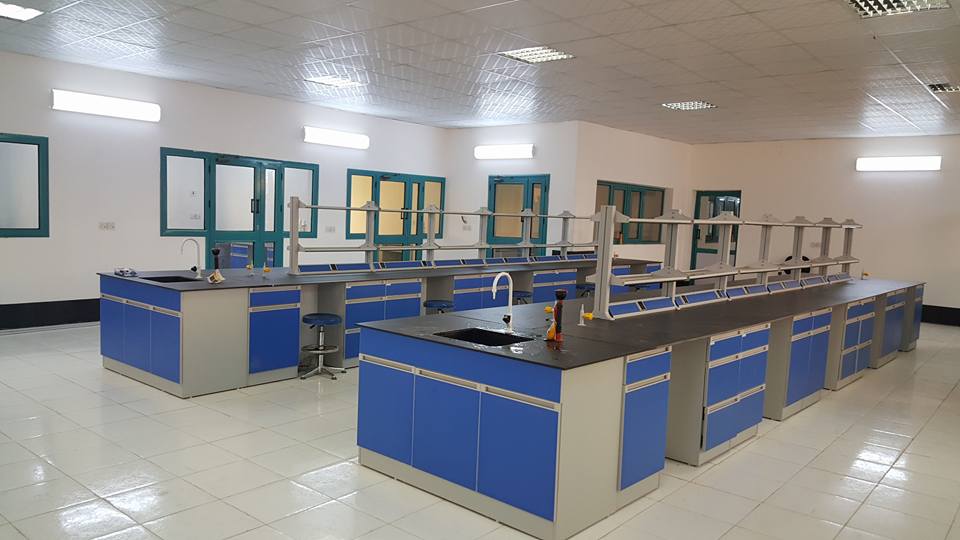Prime Scientific - The Most Important Considerations For the Design of Laboratories
In recent years, the world has been moving towards safe and sustainable designs of laboratories, that's why some important things must be taken into account when designing our next laboratory project
Work surfaces must be durable and chemical resistant
Work surfaces and cupboards must be chemical resistant. For surfaces, there are a number of options depending on the type of resistance required and the nature of the work. For example, if the main purpose is not to be contaminated by fungus or bacteria, the best types of surfaces are those that are smooth and without protrusions or textures that help in the growth of microorganisms. For example, in food laboratories where food samples are prepared, stainless steel and marble surfaces are the best in terms of ease of sterilization and hygiene. If the laboratory is chemical, the optimal surfaces are ceramic surfaces or industrial surfaces such as resins.
The most common type of industrial surfaces are Phenolic Resins, which are characterized by their light weight, ease of cutting and shaping to any size, in addition to their high resistance to acids, bases and organic solvents.
As for the cupboards, it is possible to use treated or veneered wood or electro-galvanized iron (ECG). Plastic-coated MDF laminates are becoming more and more popular due to their lower cost compared to ECG.
The distances between the adjacent benches must be at least 155 cm
This is of great importance to the safety of workers in order to prevent collisions between people, which may lead to the accidental spilling of some harmful chemicals, which may lead to severe and dangerous accidents. The height of the surfaces should not exceed 90 cm, so that the interactions are not close to the face and chest of the lab technician.

A separate space should be provided for storing chemicals and adequate ventilation
Any laboratory needs to have the various chemicals available in a place that is at handy so that there is no delay in the work. However, it is not recommended to store all chemicals inside the laboratory and in the cupboards near the working areas.
Small quantities of chemicals can be stored inside the laboratory, provided that they are used within a short period of time. As for long-term storage, it is preferable to allocate special cupboards, usually made of epoxy-coated steel, and they have exhaust fans connected to the laboratory's ventilation system. These cupboards are specifically designated for preserving harmful and dangerous chemicals, especially materials that are characterized with rapid reaction. or highly flammable materials.
Care must be taken to store chemicals that interact with each other in separate cupboards.
Also, one of the most important things that must be taken into account is the issue of providing adequate ventilation in the laboratory, as there must be suction fans distributed over the area of the laboratory. This is because many chemical reactions lead to the emission of harmful gases, and there must be a system to ventilate the laboratory, which maintains the safety of workers.
It should be noted that dangerous or toxic chemicals should not be handled outside the fume hood and without the necessary protective equipment.
Proper electrical supply must be provided in accordance with the equipment in the lab
This is a very important concern, as many of the maintenance problems that lead to lab downtimes may be caused by electricity supply.
First, all equipment expected to be used in the laboratory must be listed before the lab design is started. This is because the devices are assigned different electrical connections according to their consumption. For example, devices that draw high energy, such as ovens, need a separate line from the rest of the normal devices. There are also sensitive devices that need batteries to protect them. Therefore, all these technical details need to be sorted out before the design for the electric supply is made to avoid future problems. Consideration should also be made to make room for future expansion in the lab equipment. Most of the required information on electric requirements is supplied by the equipment manufacturers in their technical data sheets. Manufacturer's or their representatives may need to be consulted for further information.

Other important considerations
Provide a fire fighting system
Providing eye sprays and safety showers for the lab
Placing gas sources away from the places of interactions
The floor of the lab shall be non-slip
To open the lab doors to the outside for quick exit during emergencies
The height of the upper wheels should be appropriate so that it does not exceed 30 cm above the level of the density of a person of average height
There should be emergency exits and safety and emergency signs
Prime Scientific
Prime Scientific provides equipment, instruments and other related products and materials. We aim to be a one stop shop for all our customers laboratory needs. Since 2001, Prime has strived to provide the best services and solutions to the scientific community in the region.
